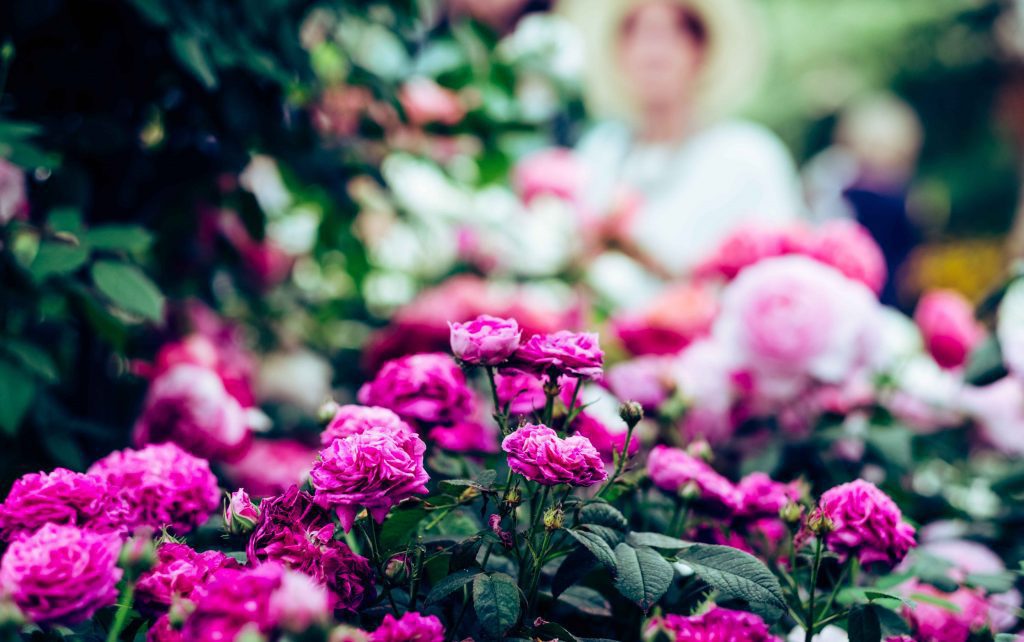Blooming into autumn…the world-famous Royal Horticultural Society (RHS) flower shows are back!
Renowned for their spectacular flower displays, specialist nurseries and expert exhibitors, these shows are always a popular highlight in the season.
However, for the first time in the RHS’ 108-year history, these prestigious exhibitions are taking place in September instead of May this year, after being rescheduled due to uncertainty surrounding the pandemic. This is exciting news for horticulturalists, who’ll have the unique opportunity to attend a one-off display designed around autumn palettes.
The show at Wisley is running between 7 and 12 September, and the Chelsea show will be open between 21 and 26 September. If you’re feeling inspired by these beautiful garden displays, you may want to turn your hand to growing flowers of your own.
There are numerous benefits to growing your own plants and flowers. Not only is it a great way to stay both mentally and physically active, but it’s also a hobby that helps to maintain healthy eco-systems — and benefits your local insects! So, how can you ensure you’re giving your flowers the best chance to thrive?
How to grow a winning flower display
Preparing the seedbed is critical for ensuring your plants will have space to grow. To clear the area of any other plants or weeds, use a spade or fork to break up the soil and then level with a rake.
Alternatively, our rotary tillers are perfect for cultivating compacted soil in gardens and allotments to allow air, water and nutrients to nourish the ground. Machines such as our Winton stone buriers can also break up soil and bury stones and other seedlings or stems.
Sowing in the autumn can lead to your flower display blooming earlier the following year. But anything you plant in the autumn will have to survive the winter months. So, choose hardy annuals — plants that complete their life cycle within one year — like poppies, marigolds or cosmos for a colourful display that’ll survive the frost.
Harsh winds can blow away dry soil during the colder seasons, and heavy rain can also sweep away nutrients. So, adding mulch such as leaves, grass clippings and wood chips to your seedbed will help lock in moisture and protect soil from adverse weather conditions.
If you’re looking to start a flower display project of your own, contact our team for expert advice on all the equipment you’ll need!








